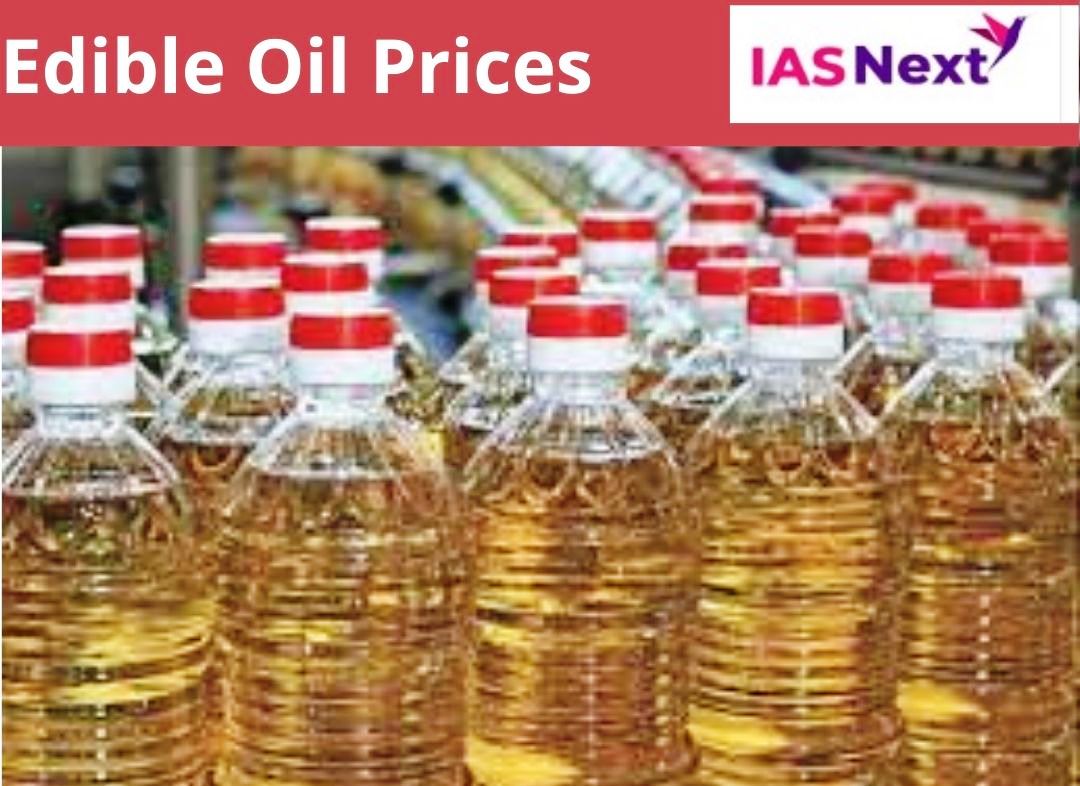CURRENT AFFAIRS
Get the most updated and recent current affair content on Padhaikaro.com
High Edible oil prices in India
- IAS NEXT, Lucknow
- 08, Nov 2021

Reference News:
The prices of most major cooking oils have dropped and stabilised across the country in the run-up to Diwali.
Reasons for the drop in prices:
- Stabilisation of global prices.
- Duty cuts.
- Cut in wholesale prices by major private players.
- Stock limits imposed by the Centre, using the provisions of the Essential Commodities Act.
What led to increase in oil prices previously?
- Global commodity prices are extremely high. COVID-19 is a major factor, disrupting supply chains, closing down industries.
- There is insufficient labour in the oil production industry in many countries.
- Excessive buying of edible oil by China.
- Many major oil producers are aggressively pursuing biofuel policies and diverting their edible oil crops for that purpose.
- Governmental taxes and duties also make up a major chunk of the retail price of edible oils in India.
India’s Dependence on Edible Oil:
- India is the world’s biggest vegetable oil importer.
- India imports about 60% of its edible oil needs, leaving the country’s retail prices vulnerable to international pressures.
- It imports palm oil from Indonesia and Malaysia, soyoil from Brazil and Argentina, and sunflower oil, mainly from Russia and Ukraine.
Facts about Edible Oils:
- Primary sources of Edible oil (Soybean, Rapeseed & Mustard, Groundnut, Sunflower, Safflower & Niger) and secondary sources of Edible Oil (Oil palm, Coconut, Rice Bran, Cotton seeds & Tree Borne Oilseeds).
- In India major challenges in oilseed production is
- Growing in largely rain-fed conditions (around 70% area),
- high seed cost (Groundnut and Soybean),
- small holding with limited resources,
- low seed replacement rate and low productivity.